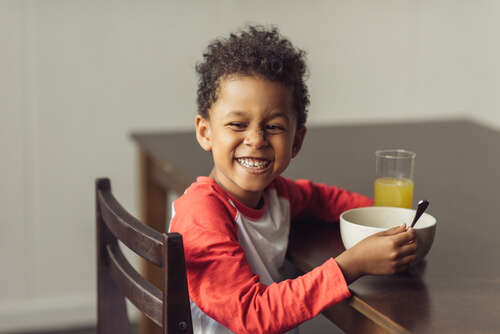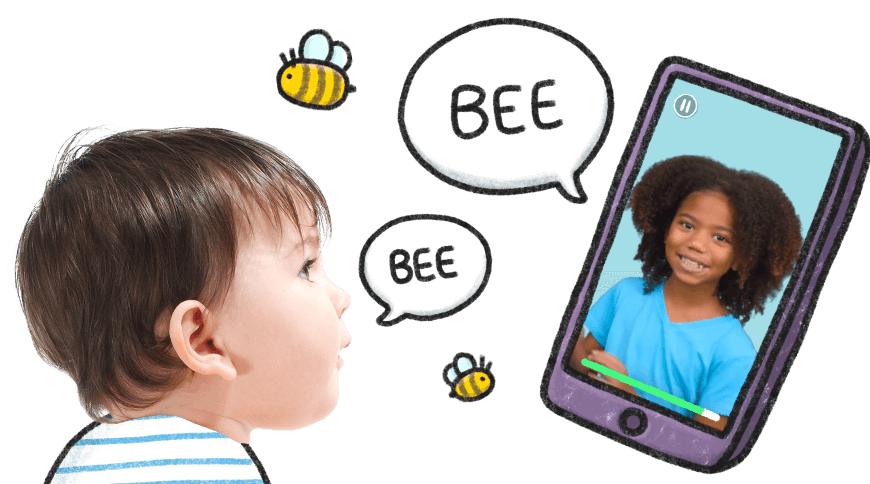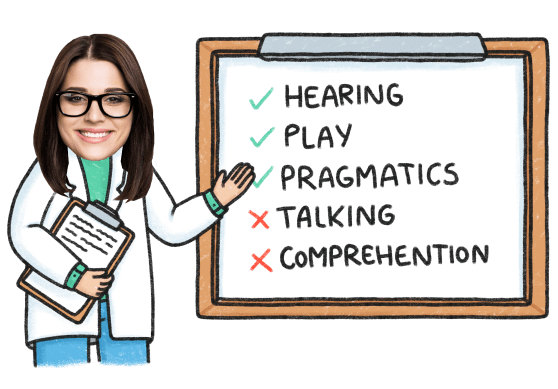Customize A Picture Exchange Communication System For Your Child
Jan 15, 2022 Picture cards give a “voice” to nonverbal children. It allows them to communicate their needs, wants and even thoughts to others through picture cards.
But every child is different. To make PECS (Picture Exchange Communication System) work for your child, it needs to be customized. Now that I’m starting PECS with my own nonverbal three-year old, I’m realizing a picture system for him needs to be uniquely designed to meet his needs and his interests.
To begin PECS, you can either buy and print sets of picture cards or make your own. I’m using both purchased and homemade picture cards to meet my own son’s unique needs. Here’s four ways to customize PECS to work for your child!
Focus On An Area Of Need
You’re obviously starting a picture system because your child needs a way to communicate his/her needs while lowering frustration. However, you need to ask yourself the following question:
- What does my child need to communicate the most?
For this, you need to think about your child’s unique situation. If your child needs help communicating when he/she is hungry, then you need picture cards to stand for hunger. To help your son or daughter communicate the basic need for food, you need to create a variety of options to signify “hunger.” This includes cards with pictures for “Hungry,” “Breakfast,” “Lunch,” and “Dinner.”
If your child doesn’t understand the concept of mealtimes, you can customize PECS cards even further to include their favorite foods! Customized cards representing favorite foods will help your child communicate what specific foods he/she feels like eating. This area is a major communication problem for my son.

When I ask him “What would you like to eat?” I get no response or some babbling words I cannot understand. I would love to get an answer to this question. That’s where customized PECS cards come in. Right now, I’m making PECS cards to represent some of his favorite foods. This will (eventually) allow him to exchange a picture card of a food item he would like to eat.
So far, I’ve created the following PECS cards of his favorite foods and snacks! Chicken nuggets; veggie fries; fruit snacks; yogurt raisins; cereal and Mac n’ Cheese. All these cards contain both a picture of the food item and the corresponding word.
Follow Your Child’s Interests
Take a seat and write down all your child’s interests, favorite activities and preferences. As time goes on, this list will probably increase in size. But it’s important to stay caught up with what keeps your child’s attention the most. Why?
The more you follow your child’s interests with a picture communication system the more opportunities you’re creating for speech development in your child. This is because a child is more likely to show interest in communicating through PECS when they recognize their favorite toys, foods, activities and more.
In turn, as the list of your child’s favorite things becomes longer, so will the customization of picture cards. Let’s say a child loves to climb and enjoys playing with kitchen utensils. A caregiver would want to customize pictures cards showing different jumping activities and a variety of kitchen utensils. For further customization, include picture cards that show good behavior for jumping.
The more you follow your child’s interests the more opportunities you’re creating for speech development in your child.
If a child tends to jump off every piece of furniture in the house, use picture cards to model good jumping behavior. For instance, include a card that shows a child jumping on a trampoline labeled with the words “Jump on trampoline.” This shows the child that jumping on a trampoline is an appropriate place to jump compared to jumping off a table.
Cartoon Versus Real Photo’s
While most pictures cards that are bought or downloaded online are typically cartoon pictures, there are some parents who choose real photographs. Honestly, there is nothing wrong with using either real photos or cartoon depictions. It simply depends on what your child prefers.
However, one important aspect of this is consistency. If your child prefers cartoon picture representation, then continue with cartoon picture cards. Going back and forth between cartoon and real photos could cause confusion, which could disrupt the learning process with PECS.
Boost Your Child’s Speech Development!
Improve language & communication skills with fun learning!

To see if my own son understands better with cartoon or real photos, I’m running a test run of picture cards. I’ve created a small picture card sample of his favorite activities and toys in cartoon and real photos. This will allow me to gauge a reaction and response to cartoon versus real photo PECS cards.
I feel this is the only way to see what PECS cards I should continue with to help with communication.
Choose How To Display PECS
Choosing where and how to display picture communication cards is a customization that’s very specific to your child. Where and how you choose to display picture cards depends on many factors including:
- The patience level of your child
- Your child’s level of understanding
- If you choose to create a schedule
Many parents choose to display a schedule of daily activities somewhere in the house that’s easily accessible to the child. This makes it easy for the parent and the child to follow along with the schedule throughout the day.
Here are some options on where and how to display PECS cards:
- In a storage binder (for storing extra cards, not in use)
- Laminated and held together by a keyring (perfect for card’s that need to be readily available on a regular basis)
- A schedule board with Velcro (great for displaying on the fridge or in a child’s room)
- A communication book (includes long Velcro strips to make sentences with picture cards)
For my three-year-old, I want to make PECS as simple as possible! For now, I’m skipping a communication book and a schedule board for two reasons. One, I feel a communication book is too advanced for my son. Second, my child has no patience for a schedule board. Plus, he destroys everything! I feel he would rip a schedule board off the wall. Until he learns more boundaries and patience, these two items will have to wait.
Currently, I am in the process of creating and customizing PECS cards to be printed on cardstock, laminated and attached to a keyring for easy availability. Some of the picture cards I feel my son will use the most include milk, water, potty, hungry, snack, tummy ache, to name a few.
Conclusion
Starting a picture exchange communication system is confusing. Right now, I’m trying to customize picture cards to fit my son’s interests and needs to make PECS work for him. For this, I’m starting very simple… Customized picture cards with immediate needs and wants laminated and attached on a keyring.
In this small stack of PECS cards, I combined cartoon and real photos to see how well my son responds to each. This way I can decide whether to continue PECS with one or the other. For now, my goal is to get him familiar with phase one of PECS and hopefully increase some communication through an exchange of picture cards to avoid meltdowns.
Thankfully, PECS is completely customizable to fit your child’s needs, personality, and preferences. It does take a lot of work to make it unique to your child! But in the end, if you have helped your child communicate his or her needs to you… All the customization of a picture communication system is worth it!
